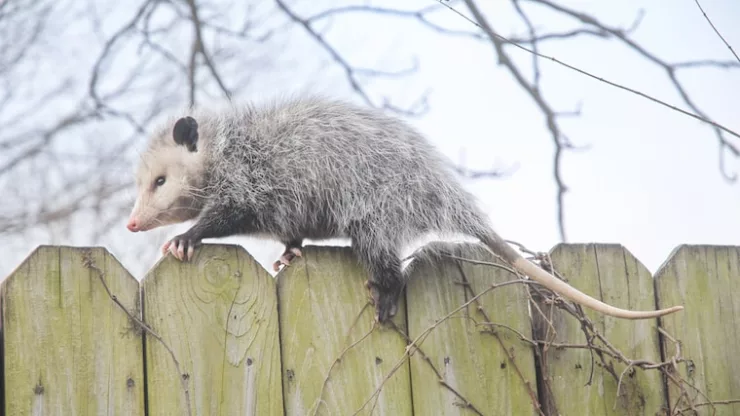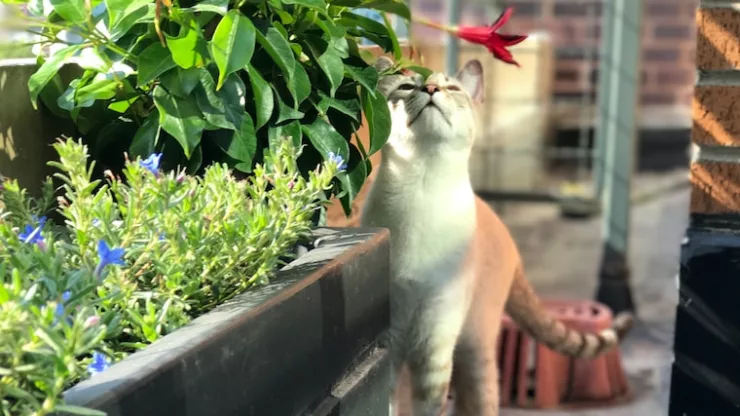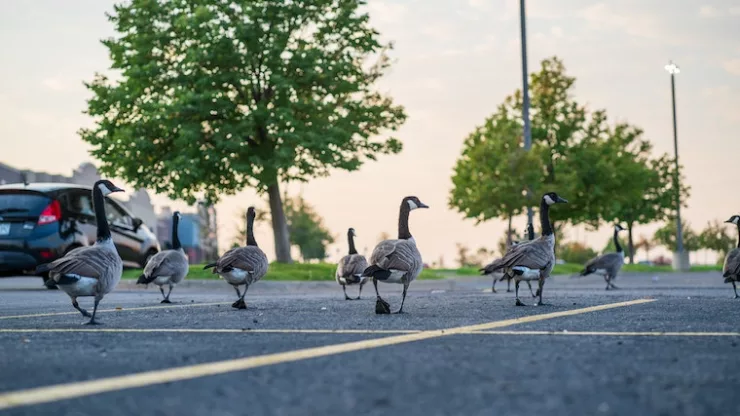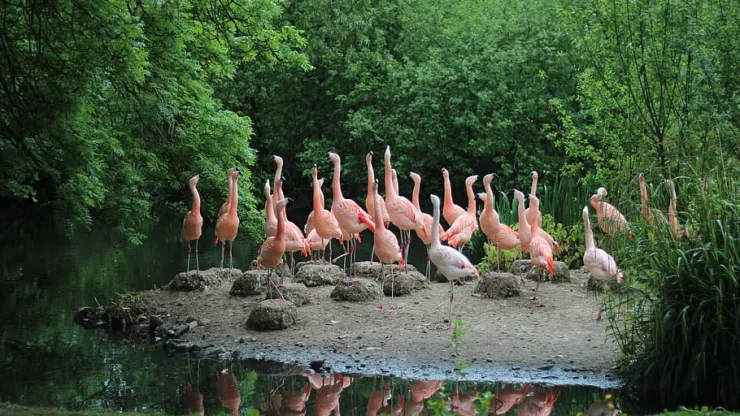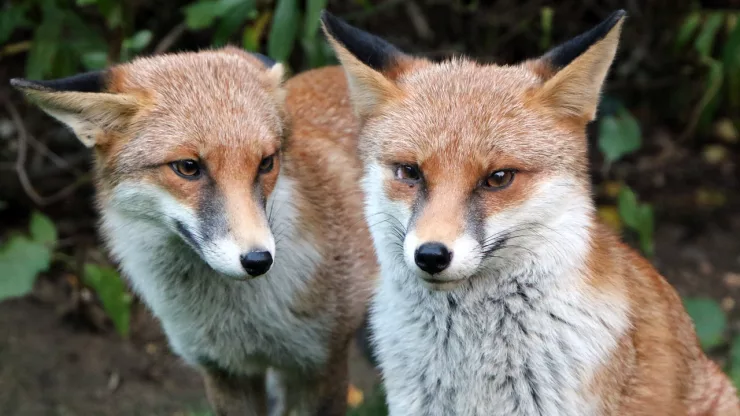Jump to Section
Introduction to Urban Wildlife Trapping
As urbanization continues to expand, the natural habitats of wildlife shrink, leading to an increase in human-wildlife encounters.
Urban wildlife trapping is an essential practice to manage these interactions safely and humanely.
In this comprehensive guide, we will discuss responsible methods of urban wildlife trapping, ensuring the well-being of both animals and humans.
Understanding the Need for Urban Wildlife Trapping
As cities and towns encroach on wildlife habitats, animals adapt and learn to live among humans.
This coexistence can lead to issues such as property damage, public health concerns, and threats to native ecosystems.
Urban wildlife trapping becomes necessary to address these problems while minimizing harm to the animals involved.
Types of Urban Wildlife and Their Unique Challenges
Different types of wildlife require specific trapping techniques to ensure humane treatment.
Some common urban wildlife species include:
- Rodents (rats, mice, and squirrels): Rodents often invade homes and businesses, posing health risks and causing structural damage. Proper trapping techniques are crucial to prevent injury to these small mammals.
- Raccoons and opossums: These nocturnal creatures frequently rummage through trash cans and may carry diseases. Trapping them requires particular care to avoid accidental harm.
- Birds (pigeons, starlings, and sparrows): These birds can cause property damage and create unsanitary conditions. Non-lethal trapping methods are preferred to protect their well-being.
- Bats: Bats are vital for insect control and pollination but can carry diseases like rabies. Exclusion techniques are the most humane way to manage bat populations in urban areas.
Urban Wildlife Species and Recommended Trapping Techniques
| Wildlife Species | Common Issues | Recommended Trapping Techniques |
|---|---|---|
| Rodents | Property damage, health risks | Live-capture traps (cage traps, box traps); Correct trap size; Proper bait |
| Raccoons | Trash disturbance, disease carriers | Live-capture traps (cage traps); Proper bait; Secure trap to avoid escape; Check traps frequently |
| Opossums | Trash disturbance, disease carriers | Live-capture traps (cage traps); Proper bait; Secure trap to avoid escape; Check traps frequently |
| Birds | Property damage, unsanitary | Non-lethal traps (bird netting, mist nets); Bird spikes; Proper bait; Check traps frequently |
| Bats | Disease carriers, property damage | Exclusion techniques (bat cones, one-way doors); Sealing entry points; Implementing bat houses for alternative roosts |
Best Practices for Humane Urban Wildlife Trapping
To ensure ethical treatment of urban wildlife, it is crucial to follow responsible trapping methods. Below are some best practices to consider:
1. Proper Trap Selection
Choosing the appropriate trap for the species in question is essential.
Live-capture traps, such as cage traps and box traps, are preferred as they do not harm the animal.
It is crucial to select the correct trap size and design to avoid injury or undue stress to the animal.
2. Baiting and Trap Placement
Using the right bait and placing the trap in the most effective location are crucial components of responsible trapping.
Research the preferred food sources and habits of the target species to increase the chances of a successful capture.
Place traps near active areas or travel routes to minimize the likelihood of capturing non-target animals.
Best Practices for Responsible Urban Wildlife Trapping
| Best Practice | Description |
|---|---|
| Proper Trap Selection | Choose live-capture traps specific to the target species; Ensure correct trap size and design |
| Baiting and Trap Placement | Use species-specific bait; Place traps in active areas or travel routes |
| Regular Trap Monitoring | Check traps at least once every 24 hours; Promptly release or relocate captured animals |
| Safe Handling and Relocation | Wear appropriate protective gear; Follow established handling procedures; Relocate animals according to local guidelines |
| Exclusion and Prevention | Seal entry points; Install deterrents; Educate community members on coexisting with urban wildlife |
| Collaboration | Partner with local wildlife experts and organizations; Share knowledge and resources |
| Ongoing Education | Attend training programs, workshops, and conferences; Stay updated on best practices |
| Public Awareness | Educate community members on the importance of responsible urban wildlife trapping; Foster empathy for wildlife |
| Legal and Ethical Considerations | Comply with local, state, and federal regulations; Obtain necessary permits or licenses; Respect property boundaries |
| Evaluating and Adapting | Assess the effectiveness of trapping methods; Refine strategies and improve practices |
3. Regular Trap Monitoring
It is essential to check traps frequently (at least once every 24 hours) to minimize the stress on captured animals.
Promptly releasing or relocating the animal reduces the risk of injury or death due to dehydration, starvation, or exposure to the elements.
4. Safe Handling and Relocation
Proper handling techniques are critical to ensure the safety of both the trapper and the animal.
Wear appropriate protective gear and follow established handling procedures to minimize stress on the animal.
Relocate captured wildlife to suitable habitats away from human dwellings, following local regulations and guidelines.
5. Exclusion and Prevention
Preventing future wildlife conflicts is an essential aspect of responsible urban wildlife trapping.
Implement exclusion methods, such as sealing entry points, installing bird spikes, or using repellents, to discourage animals from returning to the area.
Education and community outreach can also play a vital role in fostering coexistence between humans and urban wildlife.
6. Collaboration with Local Wildlife Experts and Organizations
Partnering with local wildlife experts, such as rehabilitation centers, animal control agencies, and non-profit organizations, can provide valuable resources and insights into effective urban wildlife trapping methods.
These partnerships can help trappers stay updated on best practices, local regulations, and species-specific information, contributing to a more successful and humane trapping experience.
7. Ongoing Education and Training
Staying informed on the latest developments in urban wildlife trapping techniques and technology is essential for responsible trappers.
Participating in training programs, workshops, and conferences can help trappers continually refine their skills, ensuring the highest standards of animal welfare and safety are upheld.
8. Public Awareness and Education
Raising public awareness about the importance of responsible urban wildlife trapping is a vital component of promoting humane practices.
By educating community members on the challenges faced by wildlife in urban settings and the benefits of ethical trapping methods, we can foster a culture of empathy and understanding toward the creatures with whom we share our cities.
9. Legal and Ethical Considerations
Complying with local, state, and federal laws and regulations regarding urban wildlife trapping is crucial to ensure ethical practices.
Trappers should familiarize themselves with the legal requirements in their area and obtain necessary permits or licenses.
Additionally, adhering to the principles of responsible trapping, such as avoiding harm to non-target animals and respecting property boundaries, helps maintain the integrity of the practice.
10. Evaluating and Adapting Trapping Strategies
Regularly assessing the effectiveness of trapping methods and making necessary adjustments is an essential aspect of responsible urban wildlife trapping.
By monitoring the success of various techniques, trappers can refine their strategies and continually improve their practices to ensure the highest standards of animal welfare and safety are maintained.
Conclusion: The Ongoing Commitment to Responsible Urban Wildlife Trapping
As cities continue to grow and encroach on natural habitats, our commitment to responsible urban wildlife trapping becomes even more critical.
By employing humane trapping techniques, collaborating with local experts, and promoting public awareness, we can work together to maintain the delicate balance between humans and wildlife in urban settings.
Let us strive to create a world where people and animals can coexist peacefully, respecting each other’s needs and well-being.
I’m a nature enthusiast and creator of Metro Wilds and have spent years exploring the great outdoors.
With a passion for environmental conservation and sustainability, I have dedicated my career to writing about the beauty and wonders of nature, as well as the threats facing our planet.
Contact me at [email protected] for assistance.

